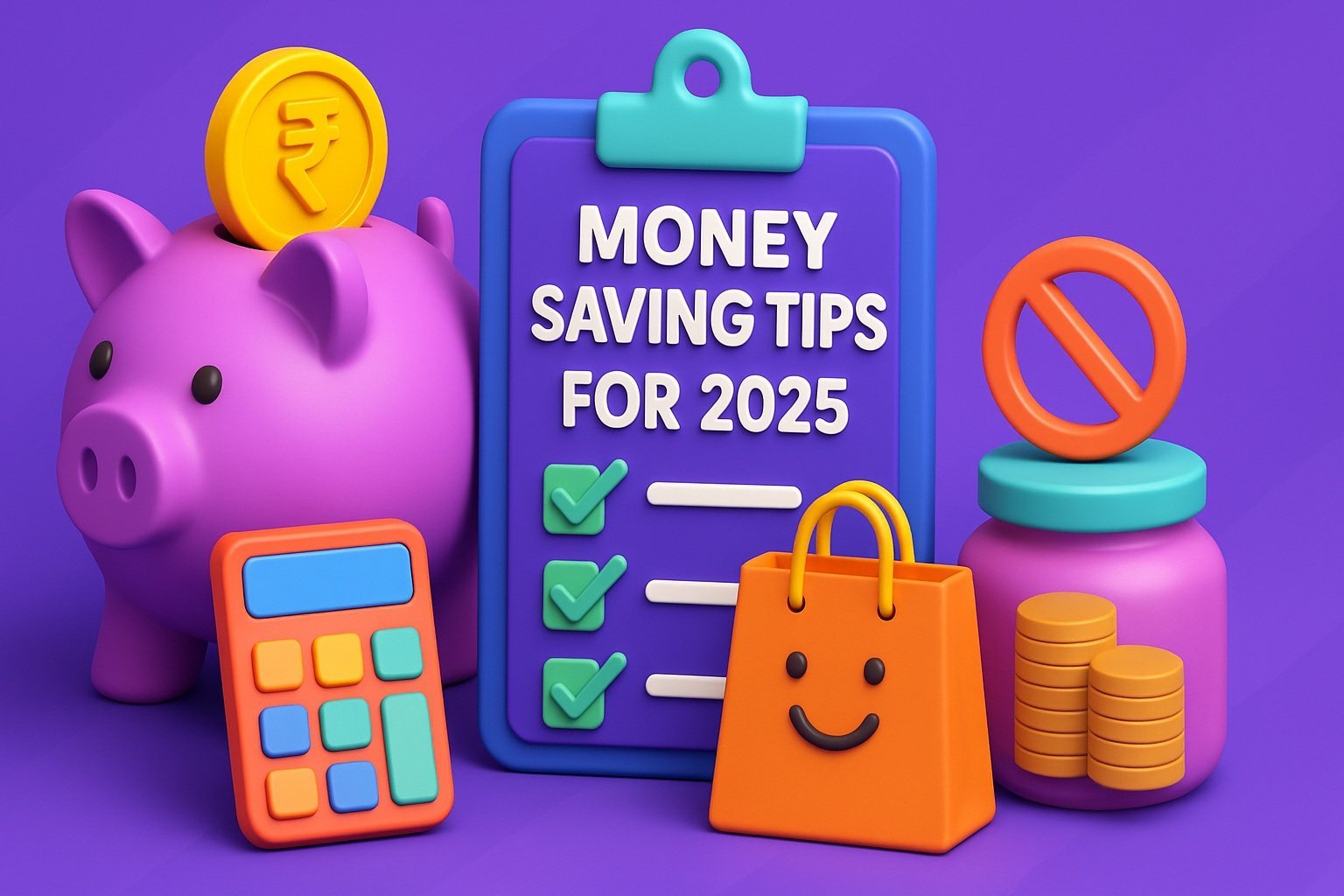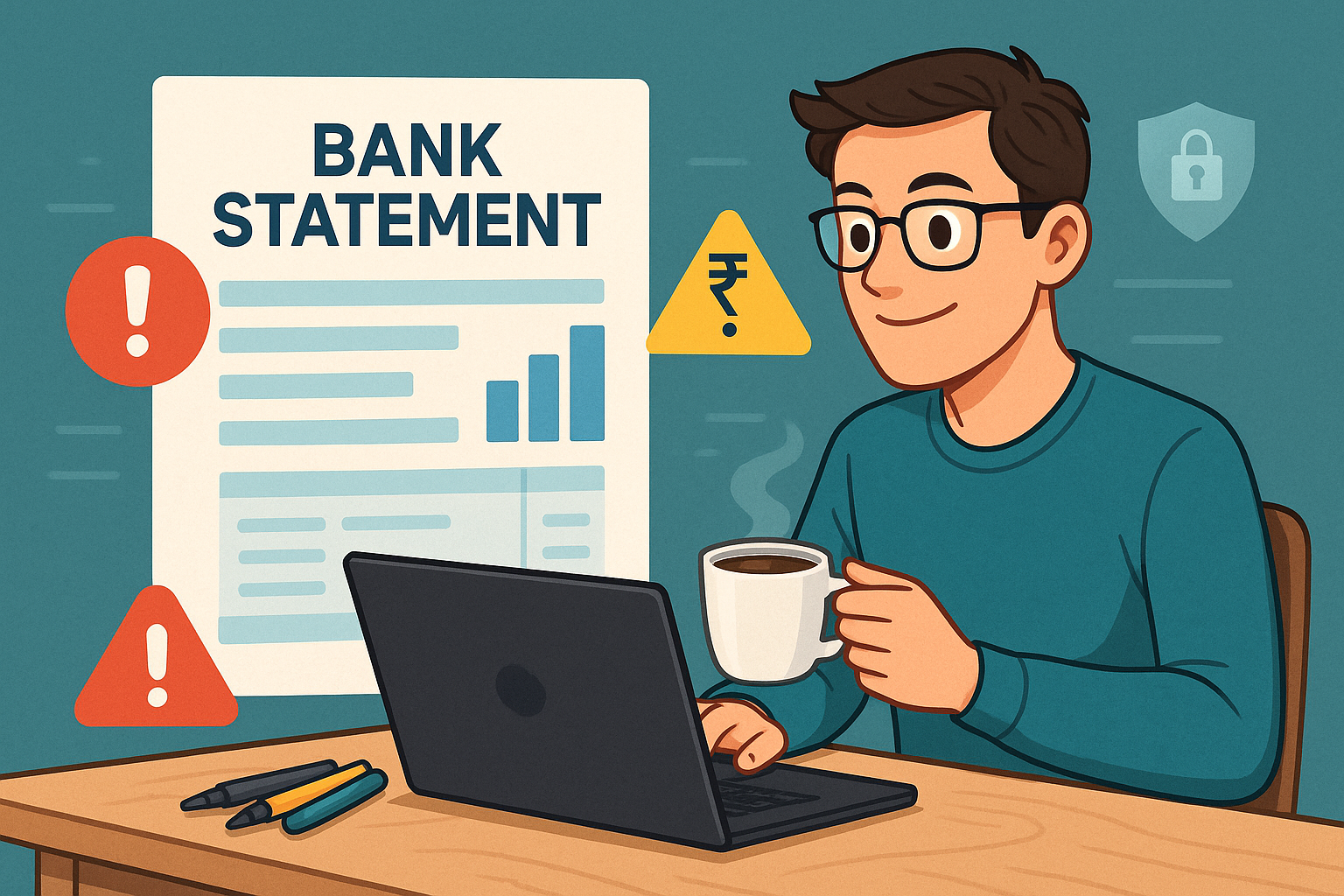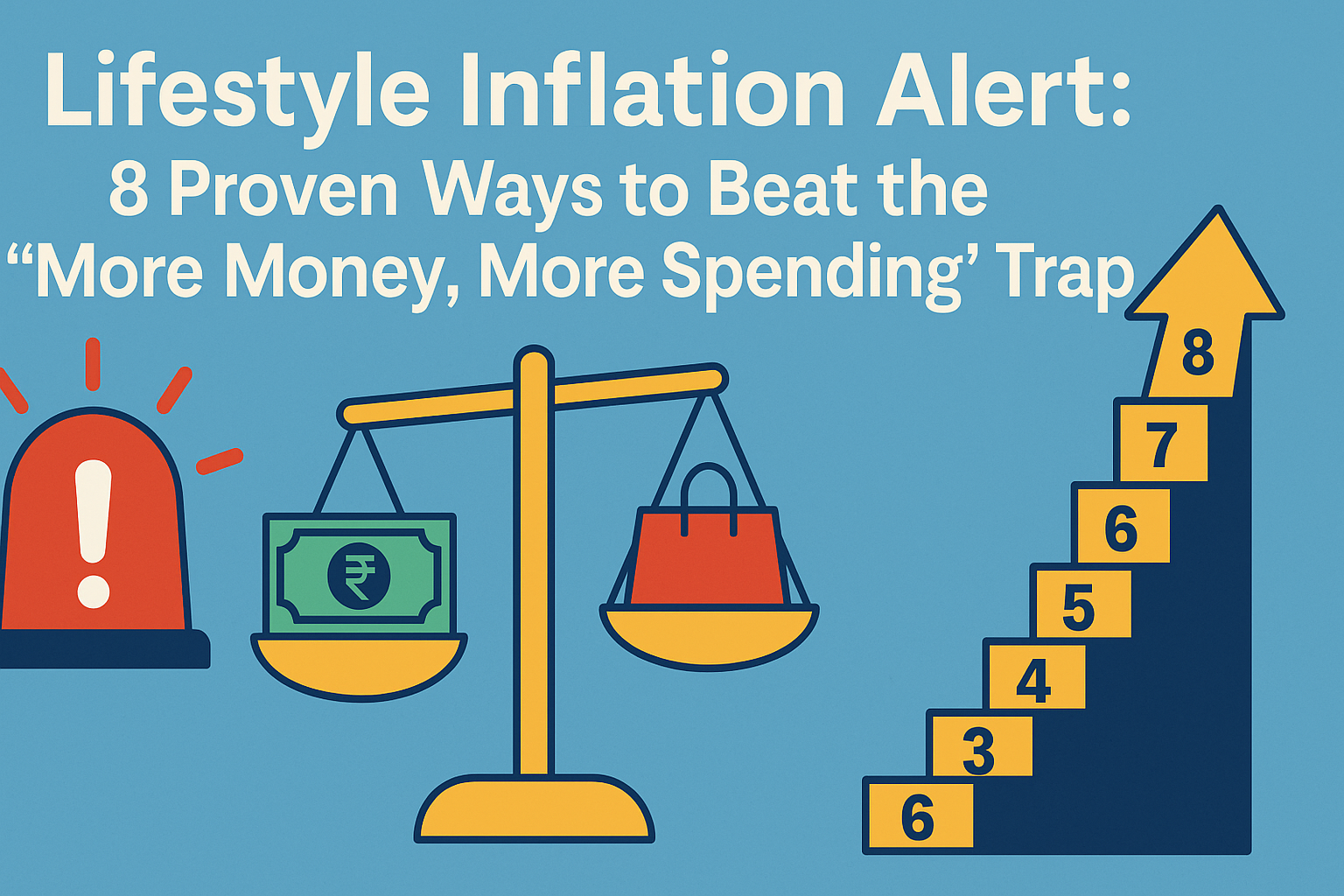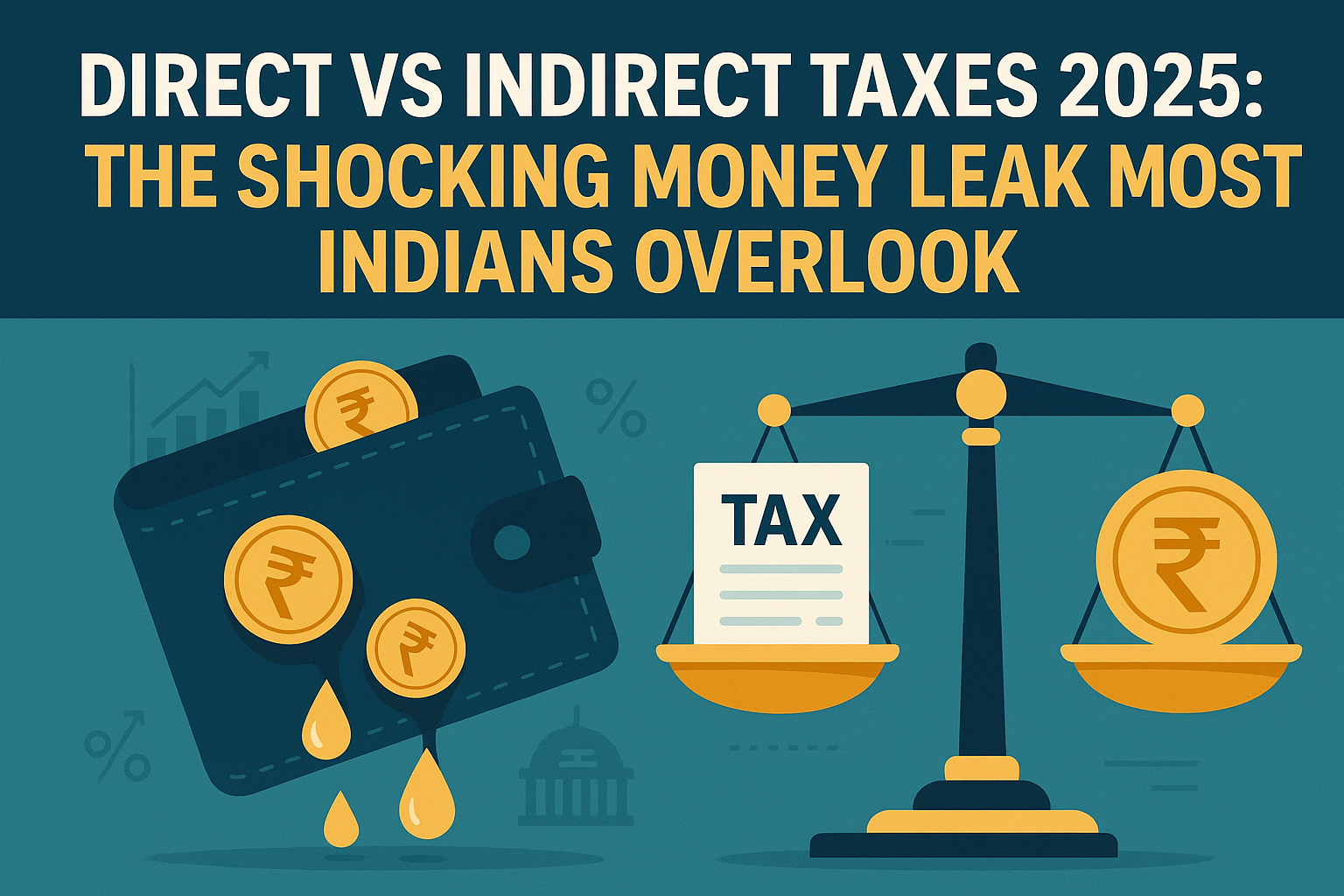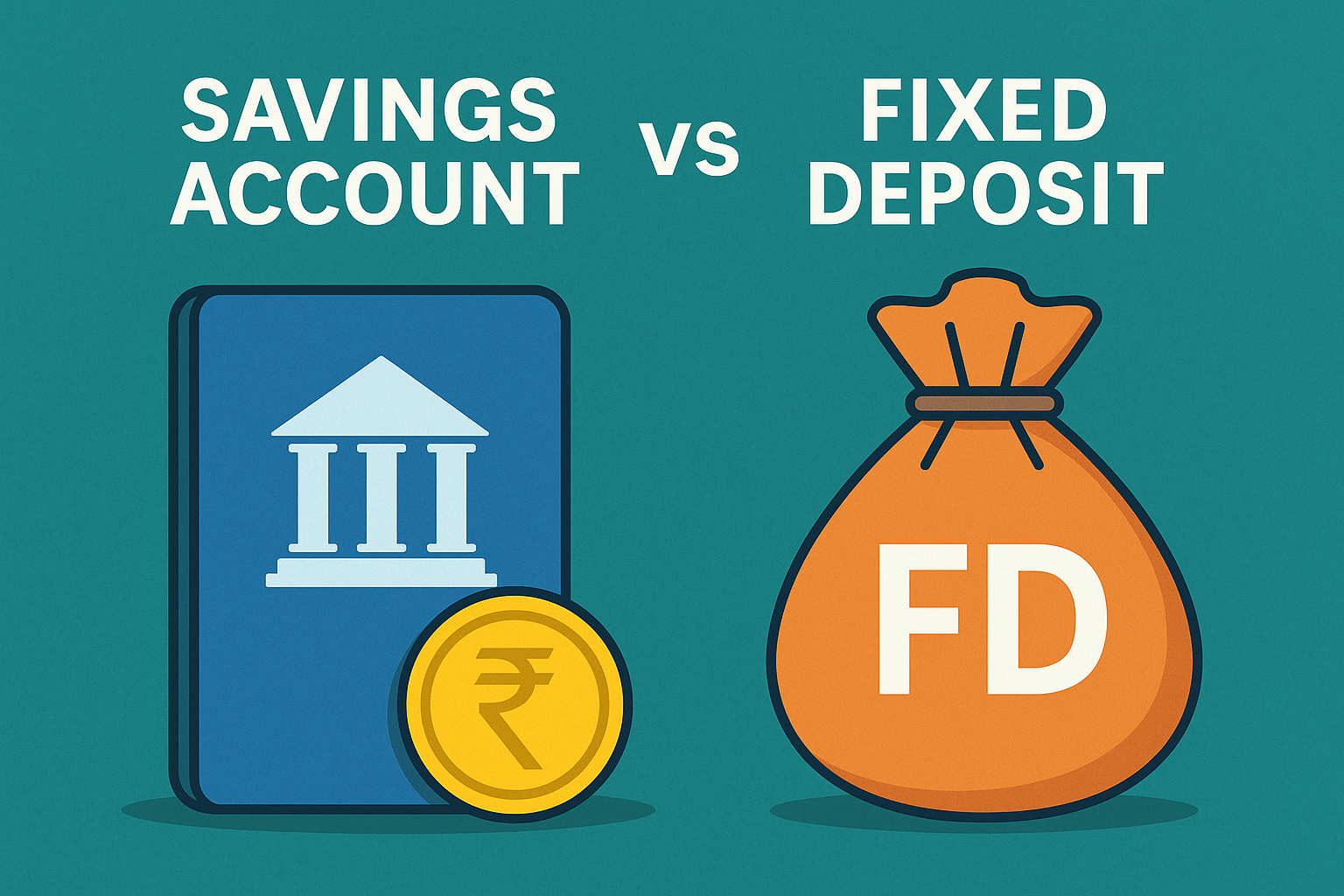
Inflation erodes the real value of every rupee, dollar, or euro you hold. In plain terms, inflation means today’s money buys less tomorrow. The good news? You can fight back. This guide packs 25 inflation-proof saving strategies, from high-yield accounts to smart grocery hacks, so you keep more of what you earn and make it work harder. Read on to discover practical, step-by-step tactics you can implement today to beat inflation in 2025 and beyond.
Build an Inflation-Proof Emergency Fund
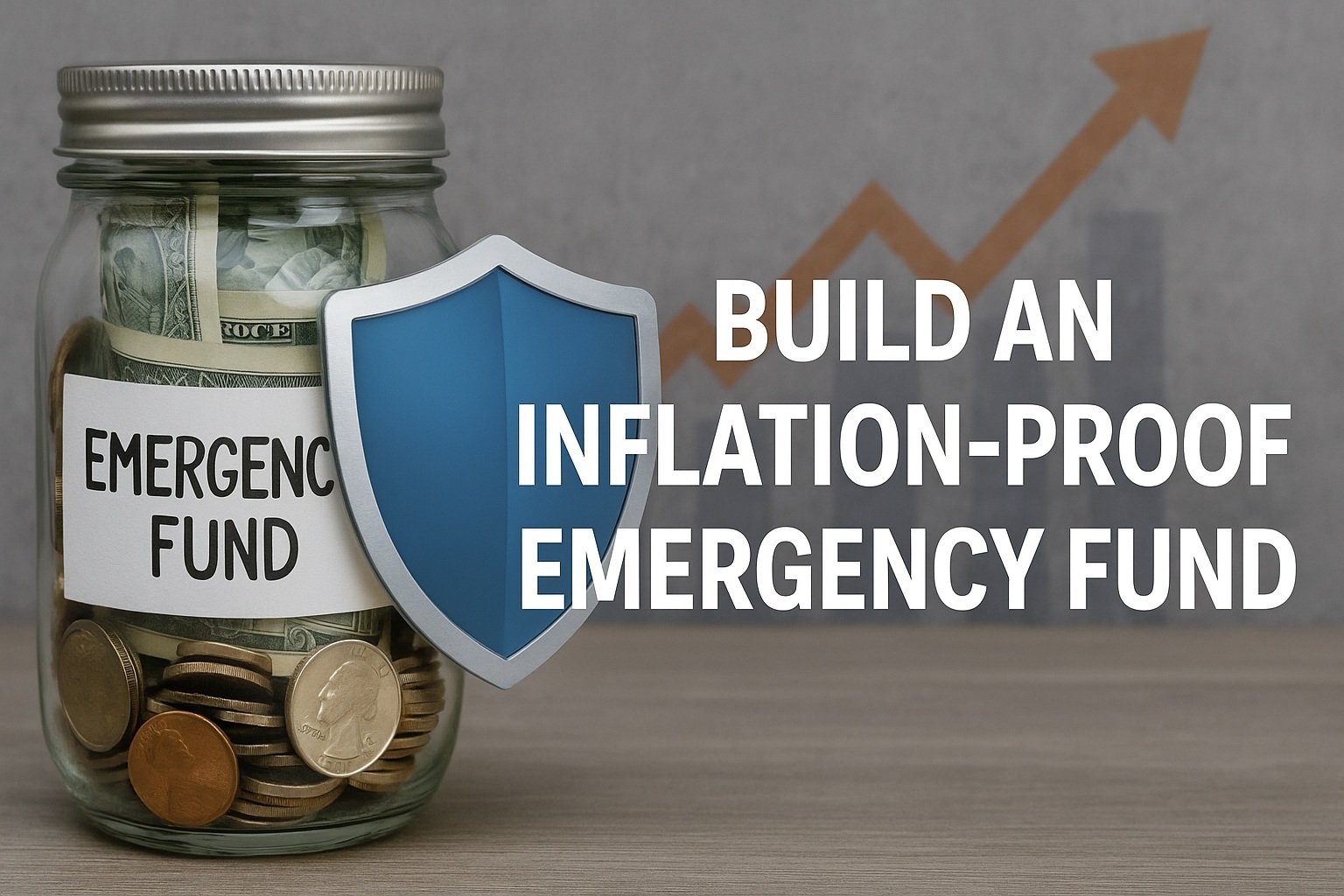
When prices climb, your first line of defence is cash you can access instantly. An emergency fund sized for three to six months of living expenses keeps you from having to tap high-interest debt when unexpected costs arise. Here’s how to make that fund actually fight inflation rather than just sit there.
Open a high-yield savings account paying ≥ 4% APY
Conventional savings accounts often yield a fraction of inflation’s pace. Seek out online banks or credit unions offering at least 4 per percent APY. That way, while prices creep up around you, your emergency cushion earns interest that helps preserve purchasing power. Look for accounts with no monthly fees and automatic balance tiering so every rupee, dollar, or euro you save works harder.
Ladder short-term CDs to lock in rates
Certificates of deposit (CD) ladders let you capture today’s higher rates while maintaining liquidity. Split your emergency fund into equal chunks and invest each in CDs maturing every three or six months. As each CD matures, you can roll it into a new longer-term CD if rates stay attractive or keep it liquid if you need cash. This approach balances rate security against access.
Automate weekly micro-deposits
Saving a lump sum can feel daunting, and it’s easy to put it off. Automate small transfers – say, 1 per cent of each pay cheque or a fixed amount – into your high-yield account every week. Micro-deposits add up quickly, reinforce good habits, and ensure you’re consistently boosting your emergency fund without thinking about it. Over a year, even modest weekly contributions can grow into a substantial buffer against rising costs.
Budget Ruthlessly & Track Expenses
When inflation is on the rise, keeping a close eye on every rupee you spend becomes mission critical. A disciplined budget not only highlights where your money goes but also reveals quick wins for cutting costs and redirecting funds toward saving. Try these three steps to tighten your spending belt without feeling deprived.
Apply the 50/30/20 rule with inflation tweaks
The classic 50/30/20 split allocates half your income to needs, 30 per percent to wants, and 20 per cent to savings or debt. In today’s higher-price environment, you may need to shift those percentages slightly to stay on track:
| Category | Standard % | Inflation-Adjusted % |
|---|---|---|
| Essentials (rent, groceries, utilities) | 50% | 55% |
| Wants (dining out, entertainment) | 30% | 25% |
| Savings & Debt Repayment | 20% | 20% |
By moving 5 per percent from wants into essentials, you ensure that unavoidable cost increases don’t blow your budget. Keep the savings slice intact so you still build cushions against rising prices. If your essential costs spike further, consider trimming another 1–2 per cent from wants or negotiate bills like insurance and telecom to free up extra margin.
Use AI-powered budgeting apps for real-time alerts
Manually logging every purchase is a chore. Instead, let an AI-driven budgeting app do the heavy lifting. These apps link to your accounts, categorise transactions instantly, and send instant notifications when you stray from budget limits. For example, if your grocery spending for the week exceeds its target, you’ll get an alert before you swipe your card again. Over time, machine learning refines category accuracy, highlights recurring patterns, and even suggests where you could shave off costs, helping you stay proactive rather than reactive.
Audit subscriptions every quarter
Subscription services, from streaming platforms to software tools, can quietly drain your wallet if left unchecked. Carve out time every three months to review all active subscriptions. Ask yourself:
-
Am I still using this service regularly?
-
Is there a cheaper tier or promotional rate available?
-
Can I share a family plan with someone to split costs?
Cancel any underused plans and hunt for annual billing discounts or bundle deals. A quick quarterly audit can often reclaim dozens or even hundreds of dollars annually, money you can reroute into inflation-beating savings strategies.
Cut Everyday Costs With Tech & Rewards
When inflation squeezes your budget, small savings add up fast. Technology and loyalty perks can turn routine spending into secret weapons against rising prices. Here’s how to put smart apps and rewards programmes to work for you.

Stack digital coupons and cash-back browser extensions
No more printing paper coupons or clipping clunky mailers. Browser extensions like Rakuten, Capital One Shopping, and Honey automatically apply promo codes at checkout and give you cash back on eligible purchases. Simply install the extension, sign up, and shop as usual; your savings pile up without lifting a finger. Over the course of a year, even 2 to 5 per percent back on everyday buys can translate into hundreds of rupees, dollars, or euros redirected into your savings pile.
| Extension | Cash-Back Rate | Supported Stores |
|---|---|---|
| Rakuten | 1–10 cents | Amazon, Walmart, Target, Macy’s |
| Capital One Shopping | 1–5 cents | Best Buy, eBay, Home Depot, Nike |
| Honey | Varies by retailer | Over 30,000 stores worldwide |
Join loyalty programs that offer fuel or grocery points
Fuel and grocery costs often make up the largest share of your monthly essentials. By enrolling in loyalty programmes (think Shell Fuel Rewards, Kroger Plus, Tesco Clubcard or your local chains), you earn points on every fill-up or cart total. Redeem those points for discounts at the pump or instant savings at checkout. If you spend $200 on groceries each week and earn just 1 point per dollar, that’s 10 per cent back over a year when you redeem smartly. Those savings cushion the blows of price hikes and protect more of your hard-earned cash.
Leverage price-comparison apps before every purchase
Before tapping ‘buy now’, open a price-comparison app like ShopSavvy, Google Shopping or PriceGrabber. Scan barcodes in store or search for the item online to spot lower prices, extra coupons, or free shipping deals elsewhere. A habit of just five minutes of price checking can shave off as much as 10 per cent on electronics, home goods, and even travel bookings. Over time, that translates into significant savings that you can funnel back into your inflation-proof emergency fund.
Slash Housing & Utility Bills
Keeping housing and utility costs in check is one of the best ways to protect your budget when prices are rising. A few targeted upgrades and smart negotiations can translate into big savings over time.
Install smart thermostats and LED lighting
Smart thermostats learn when you’re home, away, or asleep and adjust heating or cooling accordingly. By cutting back HVAC run time during off-hours, you can save around 10 to 15 per cent on annual energy bills. At the same time, swapping out old bulbs for LEDs reduces energy use by about 75 per cent and means you’ll replace them far less often.
| Feature | Incandescent Bulb | LED Bulb |
|---|---|---|
| Wattage for 800 lumen | 60 W | 9–12 W |
| Lifespan | 1,000 hours | 20,000–25,000 hours |
| Annual energy cost per bulb* | ₹300 / $4 / €3 | ₹50 / $0.70 / €0.50 |
*Based on 3 hours per day at ₹5/kWh or equivalent.
Refinance or renegotiate rent during market dips
Whether you own or rent, timing can be on your side. Homeowners can refinance mortgages when interest rates drop, potentially shaving hundreds off monthly payments. Renters should monitor local vacancy rates and slow rental seasons; approaching your landlord for a modest rent reduction or asking for extras like parking or included utilities can pay off. Even a 5 per percent reduction on a ₹30,000 rent saves you ₹1,500 every month.
Conduct a DIY insulation sweep to stop energy leaks
Draughty windows, doors and attic hatches can leak 20 to 30 per cent of heated or cooled air. A simple do-it-yourself inspection with caulk, weatherstripping and an energy checklist will seal those gaps. Check around electrical outlets, baseboards and plumbing penetrations too. Sealing leaks yourself can cut your utility bill by up to 10 per cent, freeing more of your income for inflation-proof savings.
Spend Smarter on Food & Groceries
Inflation hits your grocery bill fast, but simple tweaks can stretch every rupee, dollar, or euro you spend at the supermarket. Here are three easy ways to shopand eatsmarter.
Adopt meal-prep batching to reduce waste
Cooking in batches lets you leverage economies of scale and cut food waste. Pick one or two prep days each week to cook, like grilled chicken, roasted vegetables, or a pot of chilli in bulk. Portion leftovers into fridge-safe containers for grab-and-go lunches or quick dinners. Not only does this save on impulse takeout costs, but having ready meals also prevents fresh produce from spoiling before you use it.
Buy staples in bulk at warehouse clubs
Buying pantry staples Rice, beans, oats, and nuts in larger quantities often yield unit-price savings of 20 to 30 percent compared to standard retail packaging. Warehouse clubs let you lock in lower per-kilogram costs, reduce packaging waste, and cut down on repeat shopping trips (saving time and fuel). Even if you share a membership with friends or family, splitting a 20-pound bag of rice or a multi-pack of cooking oil can deliver major savings over the year.
| Item | Bulk Size | Typical Savings per Unit |
|---|---|---|
| Rice | 20 lb bag | 20 percent |
| Dried beans | 10 lb bag | 25 percent |
| Rolled oats | 18 lb container | 30 percent |
Switch to store brands for non-perishables
National brands often charge a premium for name recognition. Store-brand pasta, canned tomatoes, frozen vegetables, and spices typically match the same quality while costing 15 to 40 percent less. Try swapping one or two items each shopping trip until you find the store brands you trust. Over time, those small price gaps close significantly in your budget, leaving more room to build your inflation-proof savings.
Optimize Transportation Costs
When gas prices climb, rethinking how you get around can put serious cash back into your pocket. Try these three simple tactics to keep your wheels turning without draining your budget.
Use public transit or car-pool apps two days a week
Commuting by yourself every day adds up fast. Swap in two days of public transit or ride-sharing via carpool apps like BlaBlaCar, Waze Carpool, or Lyft Shared. You’ll cut fuel and parking expenses, dodge rush-hour stress, and shrink your carbon footprint. Many transit systems offer discounted monthly passes; pair that with a carpool credit or reduced fare plan, and you could save 20 to 30 percent on your total commute costs each month.
Claim EV or hybrid tax credits where available
If you’re in the market for a new ride, consider an electric or hybrid vehicle. Governments around the world often provide tax credits, rebates, or reduced registration fees for low-emission cars. In India, look for state EV subsidies; in the U.S., the federal EV tax credit can range from $2,500 to $7,500; in Europe, many countries top up manufacturer deals with additional incentives. Factor these savings into your purchase decision to lower your effective cost and shield yourself from volatile fuel prices down the road.
Perform monthly tire-pressure checks to boost MPG
Underinflated tyres increase rolling resistance and shave off miles per gallon. A quick monthly check with a tyre gauge takes less than five minutes and can improve fuel efficiency by up to 3 percent. Aim for the pressure range printed on your driver’s door jamb, and don’t forget to inspect for uneven wear. Keeping your tyres properly inflated not only saves money at the pump but also extends tyre life and enhances safety.
Refinance & Crush High-Interest Debt
High-interest credit cards and personal loans can undo all your best saving efforts by bleeding you with hefty interest charges. Here’s how to slay that debt monster and free up cash for true inflation-proof investments.
Transfer balances to 0% APR cards (12 to 18 months)
Shopping for a new credit card with a 0 percent introductory APR period can be a game changer. Look for offers that waive balance-transfer fees or cap them at 3 percent, and make sure the promotional window lasts at least a year. Once you move your high-rate balances, focus every extra rupee, dollar, or euro on paying down that zero-interest debt before the clock runs out. This strategy pauses interest accumulation and accelerates principal reduction, helping you beat inflation by avoiding compounding interest on old balances.
Consolidate personal loans at lower fixed rates
If you carry multiple personal loans with varying rates, a consolidation loan can simplify payments and potentially lower your average rate. Compare lenders, online banks, credit unions, or peer-to-peer platforms to find a fixed-rate loan at least one or two percentage points below your current rates. By reducing interest costs, you rescue more of your monthly payment to throw at principal, speeding up payoff and freeing up funds to boost your inflation-proof savings.
Use the debt-avalanche method for fastest payoff
Once you’ve secured lower rates, tackle your remaining debt with the debt-avalanche approach: pay minimums on all accounts, then throw every extra rupee, dollar, or euro at the highest-interest balance first. After that is gone, move to the next highest rate. This mathematically optimal method saves you the most on interest and shortens your payoff timeline, so you can redirect those freed-up funds into savings that actually outpace inflation.
Invest in Inflation Hedges
Putting spare cash into vehicles that tend to hold value when prices climb is a smart way to preserve and even grow your purchasing power over time.
Allocate 5 to 10 percent to Treasury Inflation-Protected Securities (TIPS)
TIPS are government bonds specifically designed to keep pace with inflation. As the consumer price index rises, your principal adjusts upward, ensuring your investment never loses ground to higher living costs. By dedicating a small slice – say, 5 to 10 per cent – of your portfolio to TIPS, you secure a stable, low-risk buffer that moves in step with inflation, even if traditional bonds lag behind.
Focus on dividend-growing blue-chip stocks
Established companies with decades of dividend increases often weather inflationary pressures better than the average stock. Firms in consumer staples, healthcare, and utilities tend to pass higher costs to customers without sacrificing profit. By building a core holding of dividend aristocrats, you earn a rising income stream that can offset inflation’s bite and compound into significant wealth growth over time.
Diversify with real-asset ETFs (commodities, REITs)
Real assets like commodities and real estate often appreciate when inflation accelerates. Commodity ETFs offer broad exposure to energy, metals, and agricultural goods, while REIT ETFs invest in property sectors that can raise rents and rents with price levels. Allocating a portion of your portfolio to these funds helps balance traditional stocks and bonds, smoothing returns and providing an extra hedge when consumer prices climb.
Grow Income With Side-Hustles & Passive Streams
Boosting your top line is one of the most direct ways to beat inflation. Extra income streams give you more flexibility in a high-price environment and accelerate your ability to save and invest.
Monetize in-demand skills on freelance platforms
Whether it’s graphic design, copywriting, coding, or language tutoring, marketplaces like Upwork, Fiverr, and Freelancer connect you with clients willing to pay for specialised skills. By setting competitive rates and building a reputation through on-time delivery and quality work, you can steadily grow a side income that helps you stay ahead of rising costs.
Launch a low-overhead digital product
Creating an e-book, online course, or subscription newsletter requires minimal upfront cost but can generate recurring revenue. Focus on topics where you have expertise (budgeting hacks, software tutorials, or niche hobbies) and market through social media or an email list. As digital products scale without inventory or shipping, each sale becomes largely pure profit you can pour into inflation-proof accounts.
Rent out idle assets (parking space, tools, gear)
Unused resources around your home can turn into extra cash. Rent that spare parking spot via apps like JustPark, lend out power tools on peer-to-peer rental sites, or offer camera gear to local photographers. By tapping into underutilised assets, you create passive income that cushions your budget against price hikes and helps you build savings faster.
Automate & Gamify Savings With FinTech

Saving doesn’t have to feel like a chore. Modern apps can do the heavy lifting and even turn it into a game. By automating transfers and rewarding good habits, you’ll build wealth without thinking twice.
Set round-up investing to auto-buy index funds
Imagine every transaction you make gets rounded up to the nearest rupee, dollar, or euro, with the “spare change” automatically invested in a diversified index fund. That’s exactly what round-up features do. Over time, those tiny increments can add up to substantial contributions, often without you noticing the impact on your checking balance.
Enable AI bots that move surplus cash into HYSAs nightly
Some fintech platforms use AI to analyse your spending patterns and sweep any unneeded cash into a high-yield savings account each night. You get the dual benefit of keeping your checking account free of idle funds (reducing temptation to splurge) and earning 4 percent or more APY on balances you might otherwise ignore.
Use gamified apps that reward streaks of no-spend days
If a little friendly competition sparks your motivation, try a savings app that tracks “no-spend” streaks and awards badges, points, or even cash bonuses when you hit milestones. Seeing a month of streaks build in the dashboard can be surprisingly addictive, and every streak you protect is money you didn’t part with on impulse purchases.
FAQ
What’s the safest place to keep cash during high inflation?
High-yield savings accounts at FDIC-insured banks balance safety and returns, helping your emergency fund keep pace with rising prices.
How do TIPS protect my savings from inflation?
Treasury Inflation-Protected Securities adjust principal based on the Consumer Price Index, so your investment value and subsequent interest payouts rise as prices climb.
Is cash still king, or should I invest instead?
Keep three to six months of living expenses in cash for emergencies, then direct surplus funds into diversified investments to outpace inflation over the long term.
How can I save money fast in 2025 without cutting essentials?
Combine cash-back browser extensions and quarterly subscription audits, and enforce a 72-hour waiting rule on major purchases to curb impulse spending.
Can side-hustles really offset rising prices?
Absolutely. Even an extra ₹10,000 or $150 per month from freelancing can neutralise the Consumer Price Index increase on core expenses, giving you breathing room in tight budgets.













